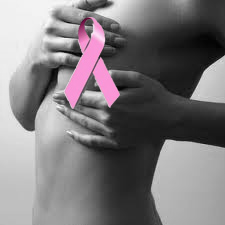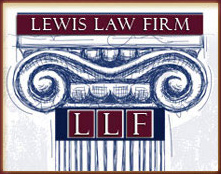Sources: American Cancer Society; and 30+ years of medical malpractice experience
 EARLY detection of breast cancer, before it causes symptoms, is the key to cure and long-term survival of this disease. The goal of screening exams for early breast cancer detection is to find cancers before they start to cause symptoms. Breast cancers that are found because they are causing symptoms tend to be larger and are more likely to have already spread (metastasized) beyond the breast.
EARLY detection of breast cancer, before it causes symptoms, is the key to cure and long-term survival of this disease. The goal of screening exams for early breast cancer detection is to find cancers before they start to cause symptoms. Breast cancers that are found because they are causing symptoms tend to be larger and are more likely to have already spread (metastasized) beyond the breast.
Although not all will admit this when they are Defendants in a medical malpractice case, most doctors believe that early detection tests for breast cancer save thousands of lives each year and that the size of a breast cancer when it is found and how far it has spread, and genetics, are the most important factors in predicting the prognosis (outlook) of a woman with this disease.
What are the risk factors for breast cancer? Many women with breast cancer have no apparent risk factors. There are breast cancer risk factors you cannot change. Among these are: Gender, men can develop breast cancer, but this disease is about 100x more common in women; Aging, your risk of developing breast cancer increases as you get older; Genetics, 5% to 10% of breast cancer cases are caused directly from genes BRCA1 and BRCA2; Family history of breast cancer, having a first-degree relative (mother, sister, or daughter) with breast cancer almost doubles a woman’s risk. 85% women who get breast cancer do not have a family history for it; Personal history of breast cancer, a woman with cancer in one breast has a 3- to 4-fold increased risk of developing a new cancer in the other breast (contralateral) or in another part of the same breast; Race and Ethnicity, white women are slightly more likely to develop breast cancer than are African-American women, but African-American women are more likely to die of this cancer; Dense breast tissue, women with dense breasts have a higher risk of breast cancer; Menstrual periods, women who started menstruating early (before age 12) and/or went through menopause later (after age 55) have a slightly higher risk of breast cancer; Previous chest radiation, treatment for hodgkin’s disease or lymphoma increases the risk of breast cancer as does chemotherapy.
What are the Signs and symptoms of breast cancer? The most common symptom of breast cancer is a new lump (mass). A mass that is painless, hard, and has irregular edges is more likely to be cancerous, but breast cancerscan be tender, soft, or rounded. They can even be painful. For this reason, it is important to have any new mass, lump, or breast change checked by your doctor and possibly by a breast surgeon. Other signs are: Swelling of the breast; Skin irritation or dimpling of the breast; Nipple pain or retraction (turning inward); Redness or scaliness of the breast; and, discharge. The American Cancer Society recommends that women age 40 and older should have a mammogram every year.
The Lewis Law Firm has a history of representing women who are diagnosed late with breast cancer. If you are in Philadelphia or New Jersey and you or a loved one have been diagnosed with breast cancer contact the Lewis Law firm today for a FREE consultation.
